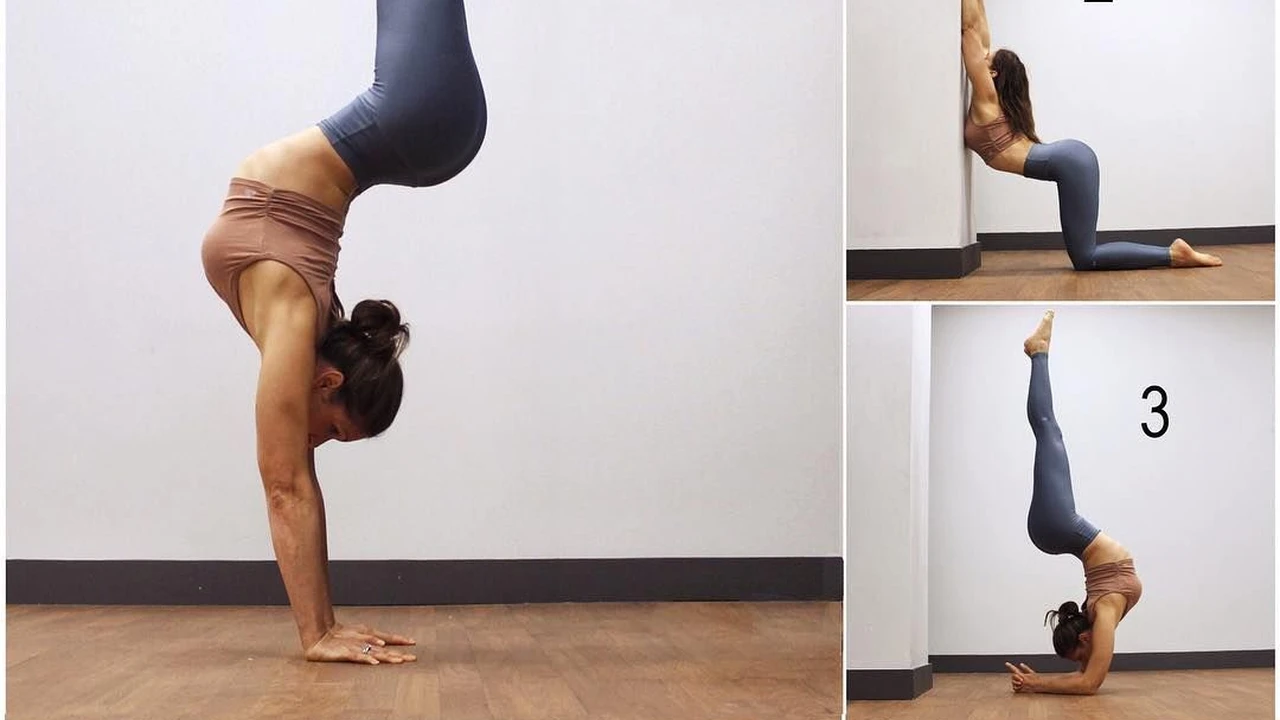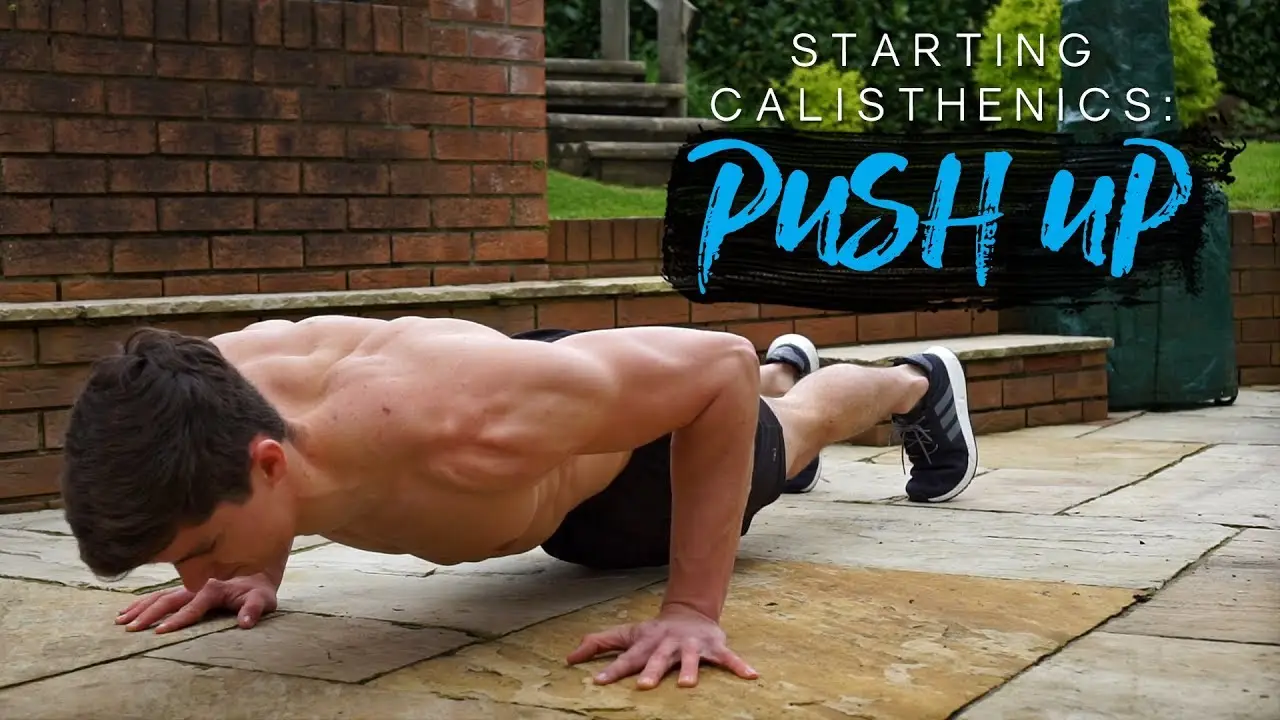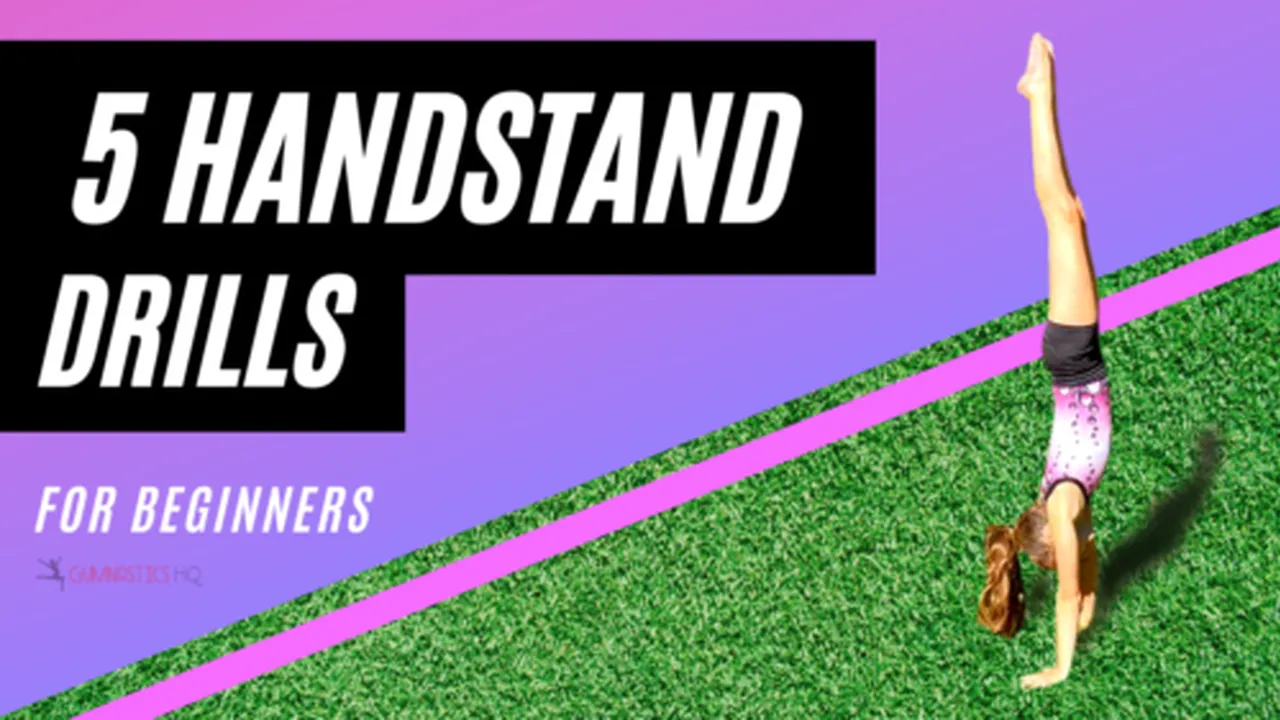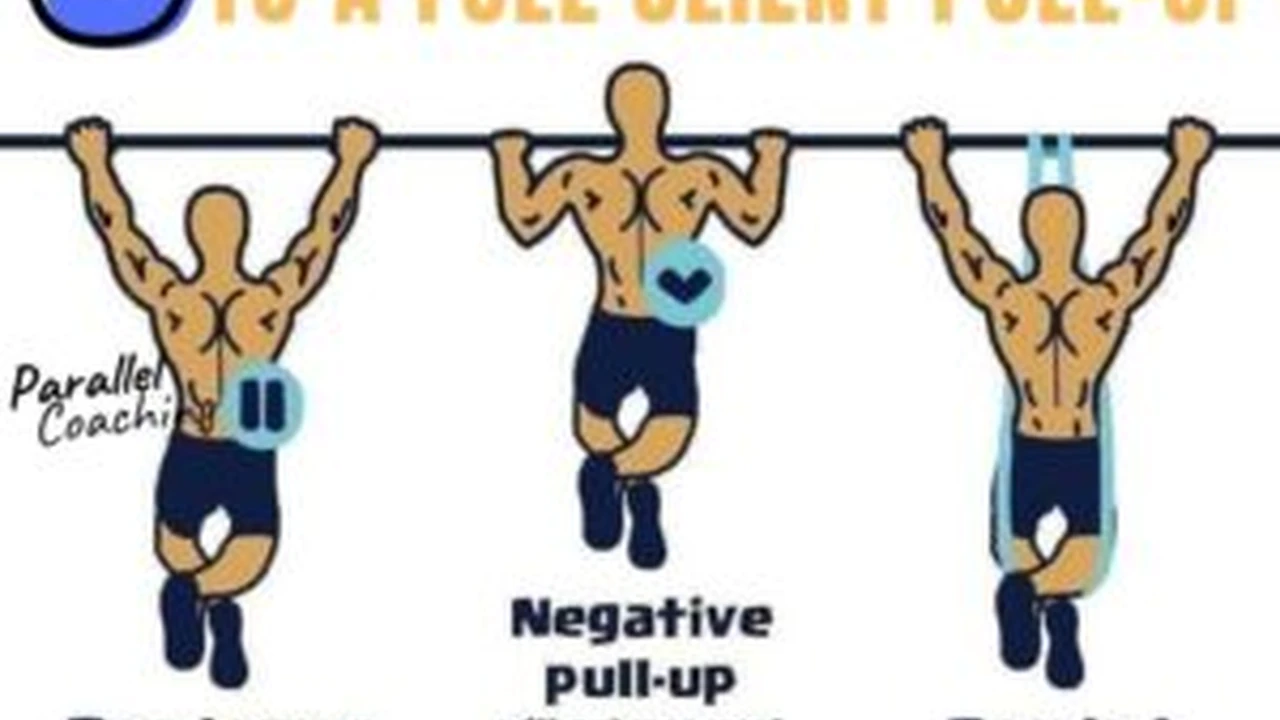Advanced Pull-Up Techniques for Calisthenics Pros
Pull-ups are a cornerstone of calisthenics, and mastering them unlocks a world of advanced movements and strength. This article dives deep into advanced pull-up techniques, product recommendations to enhance your training, and comparisons to help you choose the right gear. We'll explore everything from weighted pull-ups to grip variations, ensuring you maximize your pull-up potential.
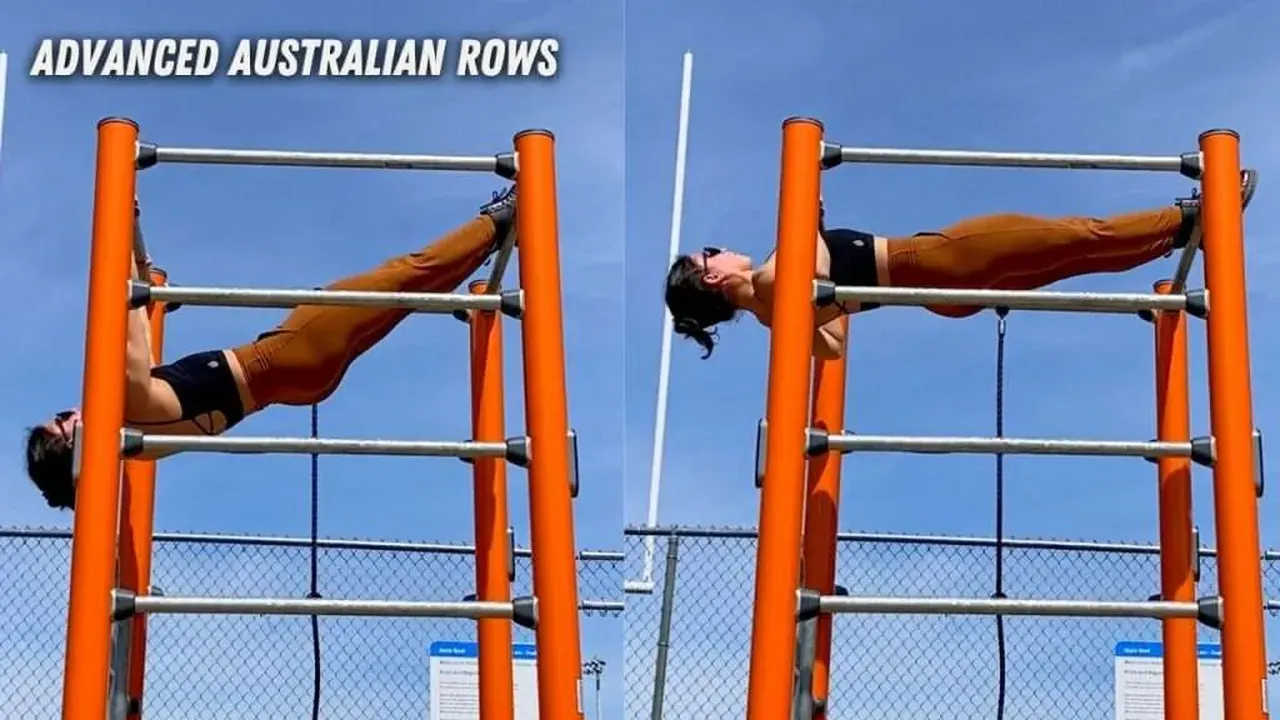
Perfecting Your Pull-Up Form: The Foundation for Advanced Techniques
Before we even think about advanced variations, let's make sure the basics are rock solid. A perfect pull-up starts with a full dead hang, arms fully extended. Engage your lats by pulling your shoulder blades down and back before you even start to pull yourself up. Think about pulling your elbows down towards your pockets, not just lifting your chin over the bar. This engages the correct muscles and maximizes your strength.
A common mistake is using momentum or kipping. While kipping pull-ups have their place (like in CrossFit), they don't build the same kind of strength as strict pull-ups. Focus on controlled movements, both on the way up and on the way down. A slow, controlled descent (eccentric phase) is just as important as the pull itself.
Another key factor is grip. A standard overhand grip, slightly wider than shoulder-width, is a good starting point. But we'll explore other grip variations later.
Weighted Pull-Ups: Adding Resistance for Strength Gains
Once you can comfortably perform 10-15 strict pull-ups, it's time to add weight. Weighted pull-ups are fantastic for building raw strength and muscle mass. There are a few ways to add weight:
- Weight Vest: A weight vest distributes the weight evenly across your torso, making it a comfortable and stable option.
- Dipping Belt: A dipping belt allows you to hang weight plates between your legs. This is a good option for heavier weights.
- Ankle Weights: While technically possible, ankle weights are not recommended for pull-ups. They can be unstable and put undue stress on your joints.
Start with a small amount of weight (e.g., 5-10 lbs) and gradually increase it as you get stronger. Focus on maintaining perfect form, even with the added weight. Aim for sets of 5-8 reps.
Product Recommendation: The Hyperwear Hyper Vest PRO is a great weight vest option. It's comfortable, adjustable, and allows for a full range of motion. It retails for around $200-$300, depending on the weight capacity.
Product Recommendation: For dipping belts, the Dark Iron Fitness Leather Weight Lifting Dip Belt is a durable and reliable choice. It's made from high-quality leather and can handle heavy weights. It typically costs around $50-$70.
Grip Variations: Targeting Different Muscle Groups
Changing your grip can shift the emphasis to different muscle groups. Here are a few popular grip variations:
- Chin-Ups (Underhand Grip): Chin-ups emphasize the biceps more than pull-ups. They're a great way to build arm strength.
- Neutral Grip: A neutral grip (palms facing each other) engages both the lats and biceps. You'll need a pull-up bar with neutral grip handles for this variation.
- Wide Grip Pull-Ups: A wider grip targets the lats more directly. Be careful not to overextend your shoulders.
- Close Grip Pull-Ups: A close grip (hands close together) can help improve your grip strength and engage the inner back muscles.
- Mixed Grip Pull-Ups: Using a mixed grip (one hand overhand, one hand underhand) can help you lift heavier weights. This is often used in powerlifting.
Experiment with different grip variations to find what works best for you and to target different muscle groups.
One-Arm Pull-Up Progressions: The Ultimate Test of Strength
The one-arm pull-up is a highly advanced skill that requires immense strength and control. It's not something you'll achieve overnight, but with consistent training, it's definitely attainable. Here's a progression you can follow:
- Assisted One-Arm Pull-Ups: Use a resistance band or a spotter to help you with the movement. Gradually reduce the assistance as you get stronger.
- Archer Pull-Ups: In an archer pull-up, you pull yourself towards one hand, extending the other arm out to the side. This helps build strength in the working arm.
- Negative One-Arm Pull-Ups: Focus on the lowering phase of the one-arm pull-up. This will build strength and control in the muscles used for the full movement.
- Towel Pull-Ups: Hang a towel over the pull-up bar and grip it with one hand. This will challenge your grip strength and stability.
Be patient and persistent. One-arm pull-ups take time and dedication.
Advanced Pull-Up Variations: Taking Your Training to the Next Level
Once you've mastered the basics and some of the more challenging variations, you can start experimenting with even more advanced techniques:
- L-Sit Pull-Ups: Perform a pull-up while holding an L-sit position. This requires core strength and coordination.
- Muscle-Ups: A muscle-up is a combination of a pull-up and a dip. It requires explosive power and technique.
- Clapping Pull-Ups: Perform a pull-up and clap your hands together at the top. This is a plyometric exercise that improves explosiveness.
- Typewriter Pull-Ups: While at the top of a pull-up, shift your weight from side to side, moving your chin over each hand.
These advanced variations are challenging but rewarding. They'll test your strength, coordination, and body control.
Gear Up for Success: Essential Equipment for Advanced Pull-Up Training
Having the right equipment can make a big difference in your pull-up training. Here are a few essential items:
- Pull-Up Bar: A sturdy and reliable pull-up bar is essential. Choose one that can support your weight and is easy to install. Doorway pull-up bars are convenient, but wall-mounted or ceiling-mounted bars are more stable.
- Weight Vest or Dipping Belt: As mentioned earlier, these are essential for weighted pull-ups.
- Resistance Bands: Resistance bands can be used for assisted pull-ups, warm-ups, and mobility exercises.
- Gym Chalk: Chalk can improve your grip and prevent your hands from slipping.
- Gloves (Optional): Some people prefer to wear gloves to protect their hands from calluses.
Product Recommendation: The Rogue Fitness P-4 Pull-Up System is a high-quality, wall-mounted pull-up bar that's built to last. It's a bit pricey (around $200-$300), but it's a worthwhile investment if you're serious about your pull-up training.
Product Comparison: When choosing a pull-up bar, consider the following factors: weight capacity, ease of installation, stability, and price. Doorway pull-up bars are the most affordable and convenient, but they're not as stable as wall-mounted or ceiling-mounted bars. Wall-mounted bars offer the best combination of stability and convenience, while ceiling-mounted bars are the most secure but require more installation effort.
Common Mistakes to Avoid: Maximizing Your Pull-Up Potential
Even with the right training and equipment, it's easy to make mistakes that can hinder your progress. Here are a few common mistakes to avoid:
- Using Momentum: Focus on strict, controlled movements. Avoid kipping or swinging.
- Not Engaging Your Lats: Remember to pull your shoulder blades down and back before you start the pull.
- Overtraining: Give your muscles time to recover. Don't do pull-ups every day.
- Ignoring Your Grip Strength: Weak grip strength can limit your pull-up performance. Work on exercises like dead hangs and farmer's walks to improve your grip.
- Not Warming Up Properly: Always warm up your muscles before doing pull-ups. This will help prevent injuries.
By avoiding these mistakes and focusing on proper technique, you'll be well on your way to mastering advanced pull-up techniques.
Nutrition for Pull-Up Performance: Fueling Your Gains
Just like any other form of exercise, proper nutrition is crucial for pull-up performance. Make sure you're eating a balanced diet that includes plenty of protein, carbohydrates, and healthy fats.
- Protein: Protein is essential for muscle growth and repair. Aim for at least 1 gram of protein per pound of body weight per day.
- Carbohydrates: Carbohydrates provide energy for your workouts. Choose complex carbohydrates like whole grains, fruits, and vegetables.
- Healthy Fats: Healthy fats are important for hormone production and overall health. Include sources like avocados, nuts, and olive oil in your diet.
Consider supplementing with creatine monohydrate to further enhance your strength and power. Consult with a registered dietitian or sports nutritionist for personalized advice.
Pull-Up Power: A Lifelong Journey
Mastering advanced pull-up techniques is a journey, not a destination. There's always something new to learn and strive for. Stay consistent with your training, focus on proper technique, and never stop challenging yourself. With dedication and hard work, you can unlock your full pull-up potential.
:max_bytes(150000):strip_icc()/277019-baked-pork-chops-with-cream-of-mushroom-soup-DDMFS-beauty-4x3-BG-7505-5762b731cf30447d9cbbbbbf387beafa.jpg)



